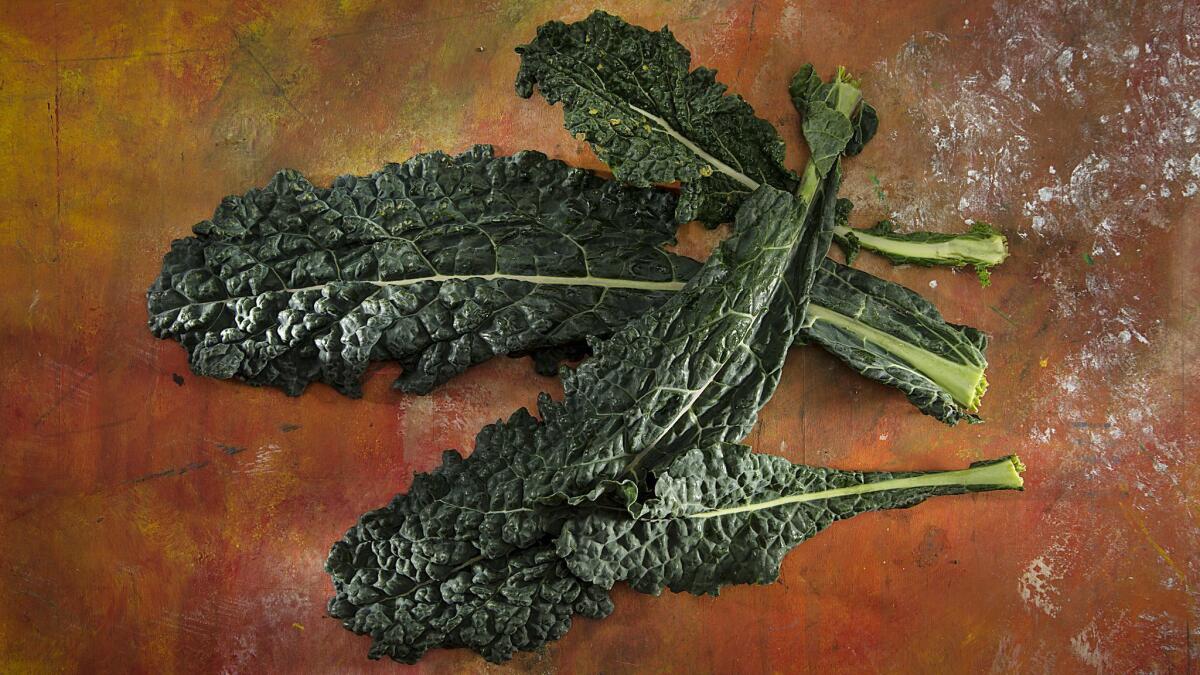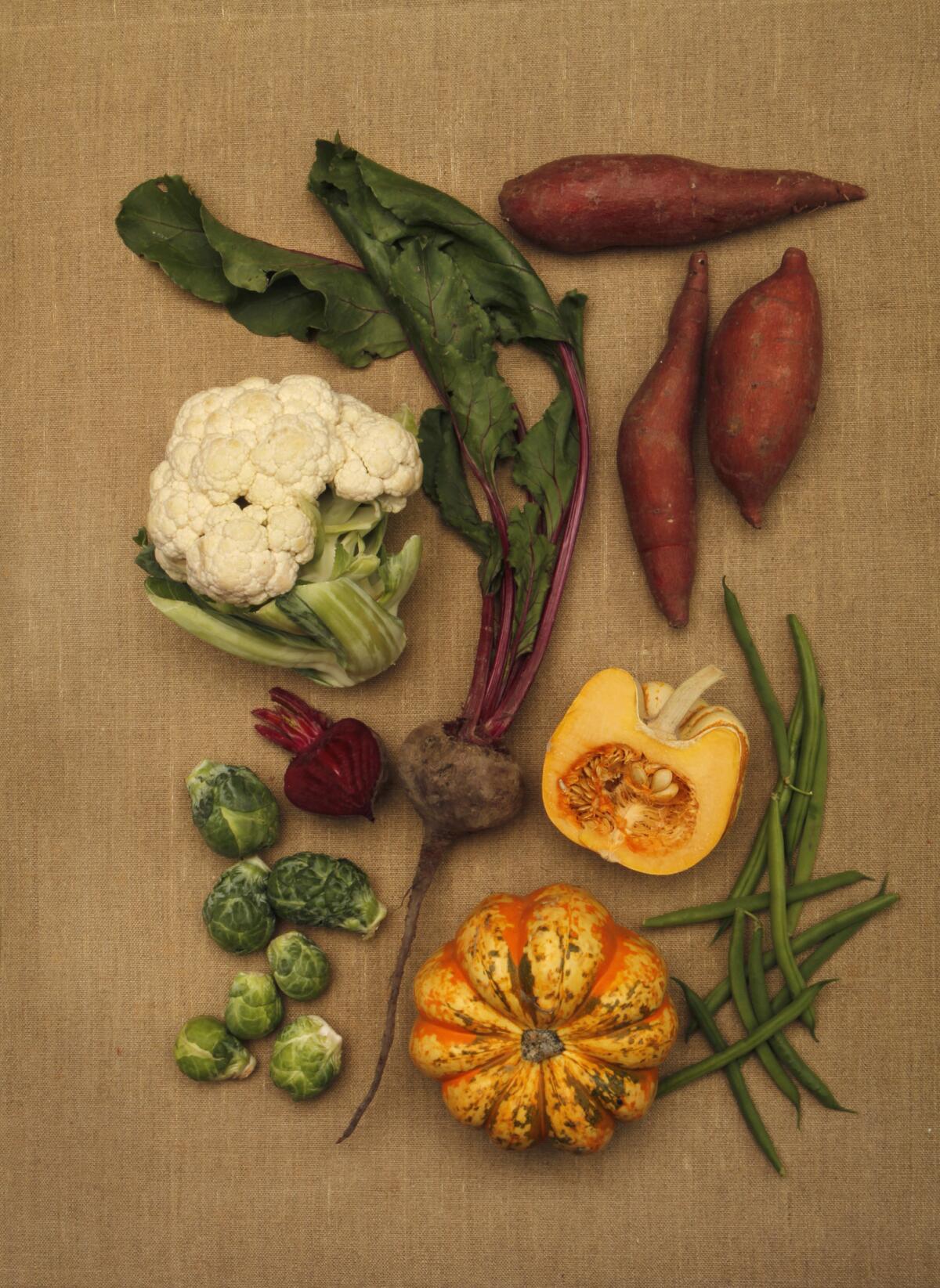What to do in the garden in February? Here are 18 ideas

Is your irrigation system on or off? In February’s cool temperatures and short days, plants don’t need very much water. So if periodic rains continue through the month, your irrigation system can stay off. If there’s no rain for a couple of weeks, run each irrigation zone once, then wait for more rain. With or without rain, your smart irrigation controller should adjust the schedule based on the weather. Check the controller from time to time to be sure it is working correctly.
Here are 17 additional gardening tips for the month:
1. Cool, wet weather is an excellent time to switch out overhead sprinklers or point-source drip irrigation to in-line drip irrigation. In-line drip systems are flexible tubing with emitters embedded in those lines. The lines are laid out in a grid, over the entire planting bed, then covered with mulch. This layout wets the soil evenly and deeply to encourage drought-resistant roots. Drip-irrigated plants thrive on a low-water diet.
2. Cover and protect cold-tender plants until mid-month in coastal areas, the end of the month in inland gardens and March in the mountains. After that, prune frost-damaged leaves and stems.

3. Continue planting natives and other Mediterranean climate perennials, shrubs, trees and vines. Mulch after planting. These plants need no fertilizer.
4. Prune flowering shrubs, trees and perennials before flower buds form. (If you prune flower buds, there won’t be any flowers or fruit this year.)
5. Renew your garden’s mulch. A 3-inch layer insulates moisture in the earth, moderates soil temperature and keeps weed seeds from sprouting. As the organic matter breaks down, it feeds beneficial soil microbes, improves drainage in heavy soils and boosts the water-holding capacity of fast-draining soils. Always keep mulch a few inches away from stems and trunks.
6. As the soil slowly warms, garden weed populations explode. Pull weeds out by the root before they flower and form the seeds that will become next year’s crop.
7. Horticultural vinegar (10% to 20% concentration) helps kill the tops of annual weeds and grasses, making it a popular quick first-step. However, it’s not a cure-all. Unfortunately, you’ll still need to pull weeds that grow deep roots.
8. Weeds can be frustrating, no doubt. But avoid reaching for household products that aren’t intended for garden use. Such products can damage the soil and can kill the beneficial microbes and important insects that live in dirt. Some of these materials have long-term toxic effects too.
9. Monitor container plants to be sure the soil doesn’t stay too wet, especially for potted cactus and succulents. Make sure pots aren’t standing in water.
10. Continue to plant cool-season vegetables: cauliflower, broccoli rabe and others in the cabbage family. This is also the time to plant potatoes, carrots, radishes, turnips, spinach, chives, chard, collards and beets.

11. Continue to harvest winter vegetables.
12. If you planted a cover crop in your vegetable garden, cut it and turn it into the soil. It needs six or eight weeks to compost in place before warm season veggies, flowers and herbs can be planted.
13. Prune grapevines. Cut the vines back to just one or two side branches (these are called “laterals”). Shorten each side branch to just one or two “nodes.” (Nodes look like joints but are actually scars from fallen leaves.) The nodes will sprout new branches to bear this summer’s crop.
14. Continue to plant bare-root fruit trees, plus blueberries, artichokes, strawberries, etc.
15. Start fertilizing citrus and avocado with organic food. Granulated fertilizers are easiest to use, but liquids work just as well. Follow label directions.
16. As the weather warms, watch for stone fruits, apples, pears, grapes and subtropical fruiting trees to sprout new growth. Once you see new green, start fertilizing with granular or liquid organic fertilizer, according to label directions.
17. Looking for help with a garden makeover? Reserve your spot for a 30-minute private design consultation by a member of the Assn. of Professional Landscape Designers at the Spring Home Garden Show at the Del Mar Fairgrounds in Del Mar, Calif., from March 1-3. A 30-minute consultation is a deal at $30. Reserve your spot at springhomegardenshow.com/private-design-consultations.
Learn how to grow fresh herbs + free admission to the Spring Home Garden Show in Del Mar, Calif.
Want to grow fresh herbs? You can attend a hands-on workshop, “Spice Up Your Life With Herbs,” at the Spring Home Garden Show at the Del Mar Fairgrounds, hosted by garden designer and writer Nan Sterman. Workshops are at noon March 2 and March 3. Get free tickets at springhomegardenshow.com by using the discount code “NANS.”
Sterman is a garden designer and writer. Her website is waterwisegardener.com



